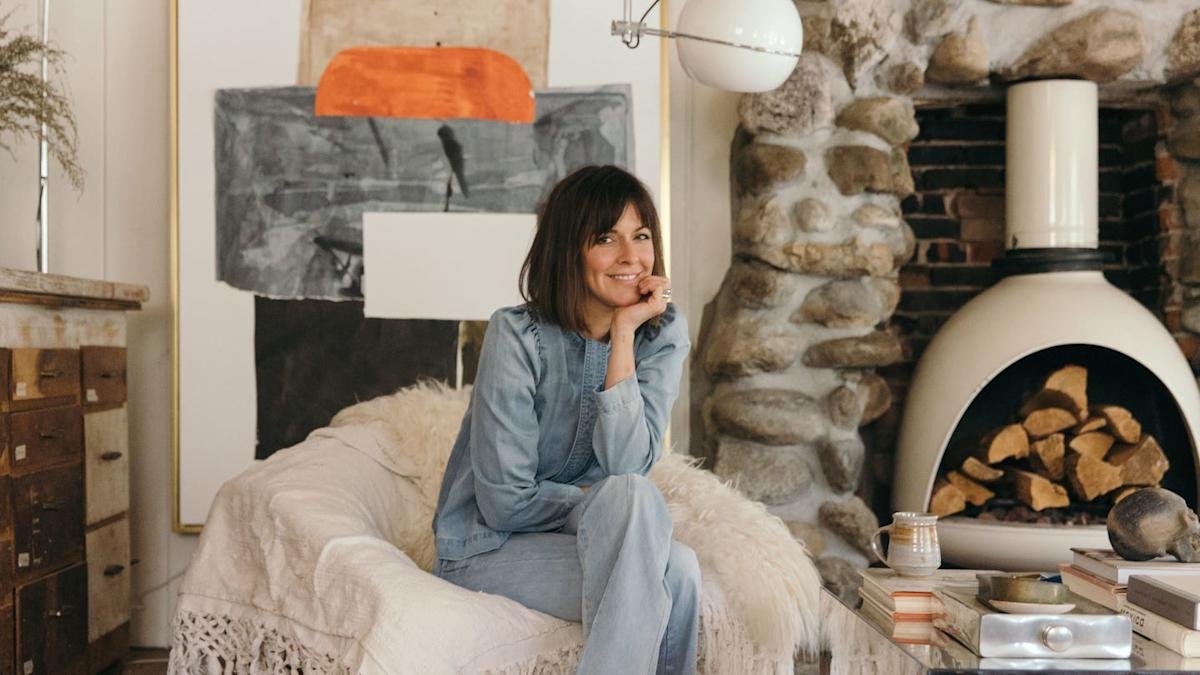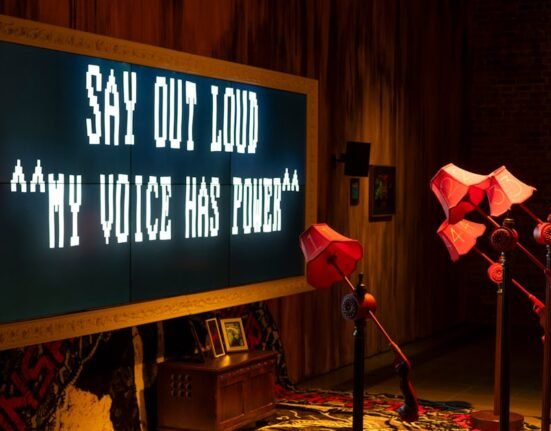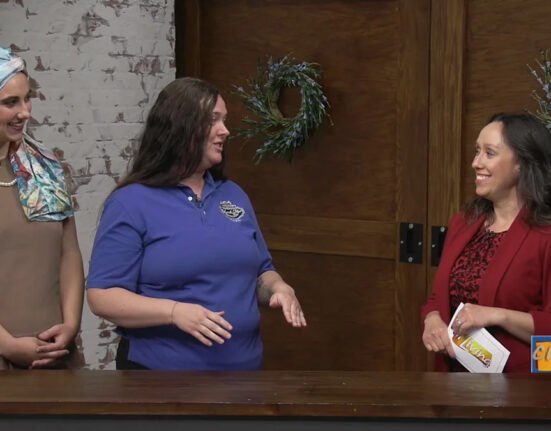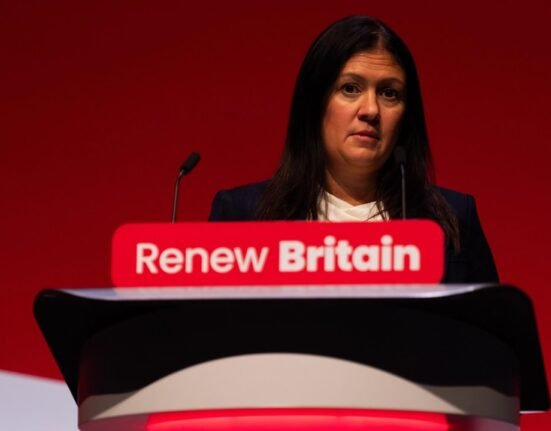“Hearst Magazines and Yahoo may earn commission or revenue on some items through these links.”
Hi friends—Leanne Ford here. For the first time ever, my little art magazine FEEL FREE is online, and I’m thrilled to share it with you through this first‑of‑its‑kind content capsule with House Beautiful. Think of this as your invitation to play, to get inspired, and to try something new in your own home—because around here, it’s all about freedom of expression and freedom from perfection.
—Xx, Leanne
As a designer curating my own art collection, I usually buy what I love first and figure out the rest later. But when it comes to investing in art, is that even a good plan? Where does one start? What makes art collectible—and what makes it tick? And as far as the market goes, how does a scribble become the next Picasso? I asked three of my favorite art world insiders to help make sense of it all.
Freja Harrell On Finding Synergy Between Art and Interiors
About the Expert: Freja Harrell joined Gagosian New York in 2011, working directly with collectors, developing exhibitions, and managing a number of the gallery’s artists.
I met Freja and her husband while sitting at the bar of il Buco for dinner one night, and the four of us chatted for hours. She’s been such a friend and advisor ever since, even forgiving me when I saw this small ceramic piece sitting in Gagosian and asked (in front of her co-workers, mind you), “Can I touch it?” (NO.)
I am fascinated by gallery life, and I told her I would show her the downtown art world scene if she would show me the uptown art world scene. Both are magical—though something tells me she needs zero introductions to anything happening in the arts. I am an art lover through and through, but Freja’s world of art is fully on another planet—for every reason. Freja has shown me pieces that have truly made my heart skip a beat just to be in the room. I love having her perspective in my art life, and now I get to share it.
Leane Ford: I usually buy what I love, but is that even a good plan when it comes to investing in art? Where does one start?
Freja Harrell: Yes—if you love it, you’re already halfway there. But if you’re spending enough that it feels reckless not to consider long-term financial value, look at the bigger picture, too: What else has the artist done? Where does their work fit into a broader art historical context? Is it derivative or does it have its own legs? Is there a market for the work? Is there curatorial backing? This takes time and diligence, and if you’re serious about building a collection with long-term weight, you probably want to consider enlisting a professional [art consultant].







